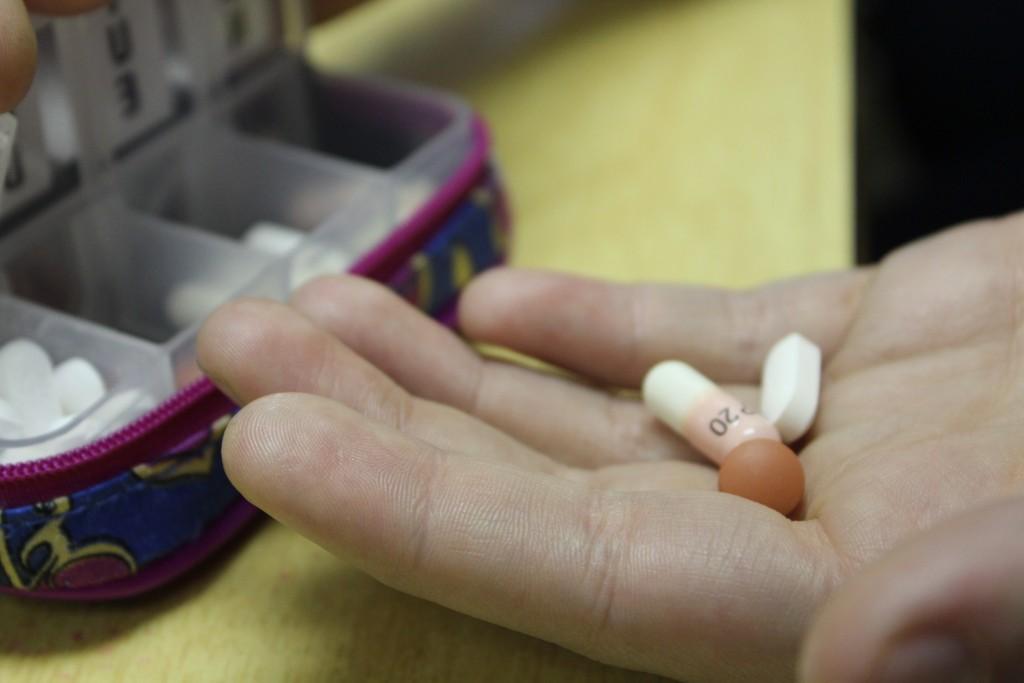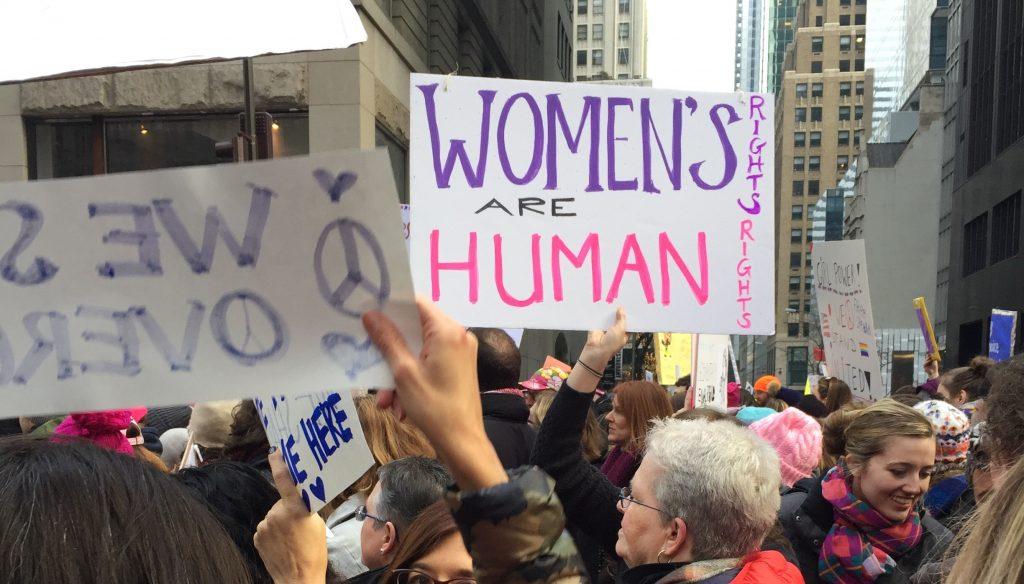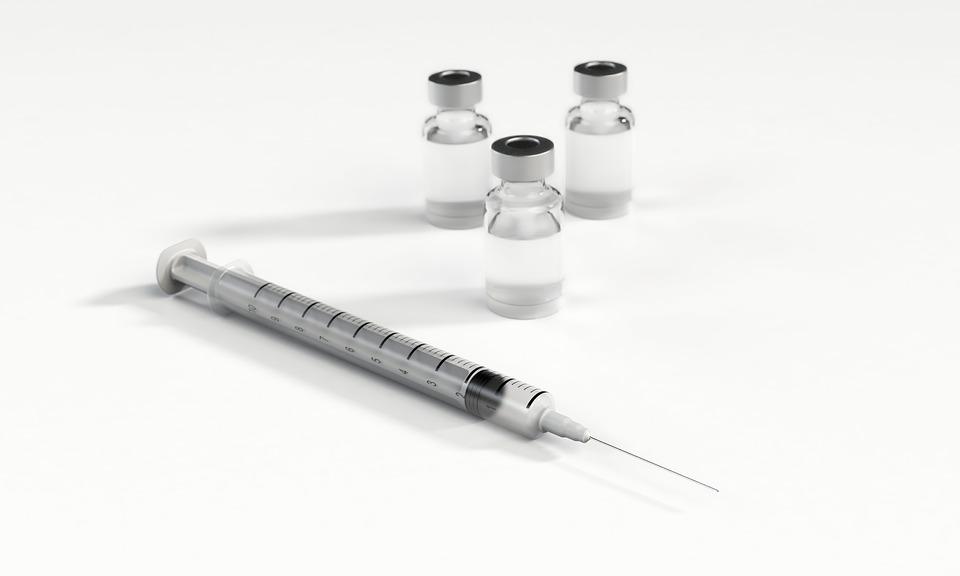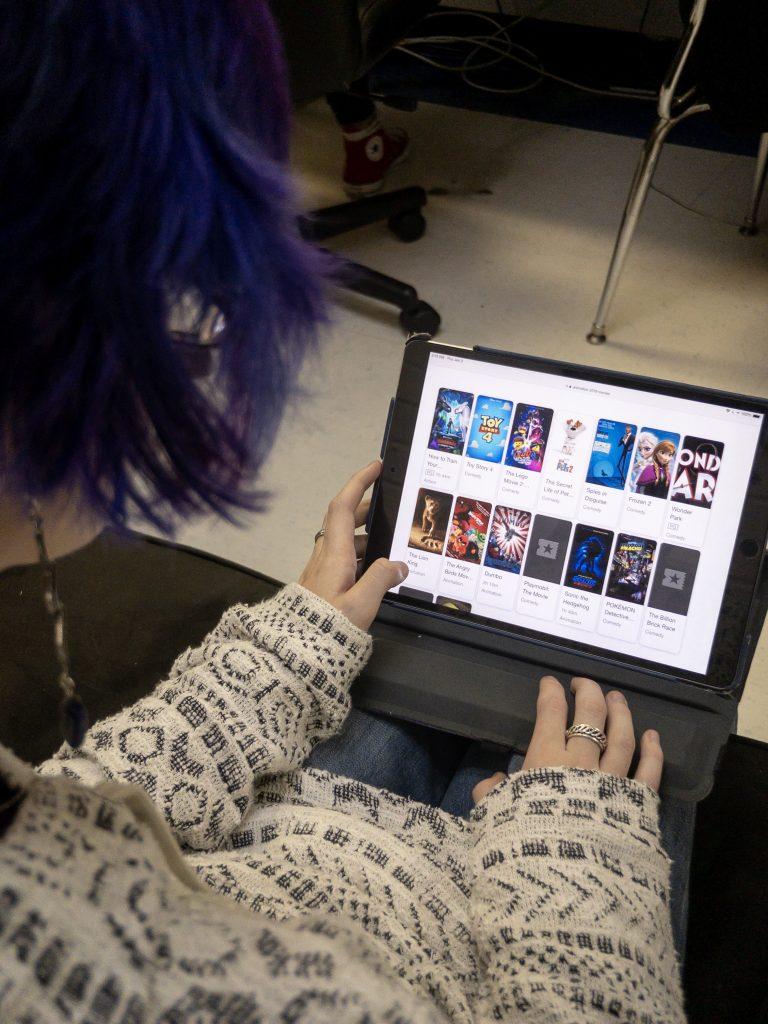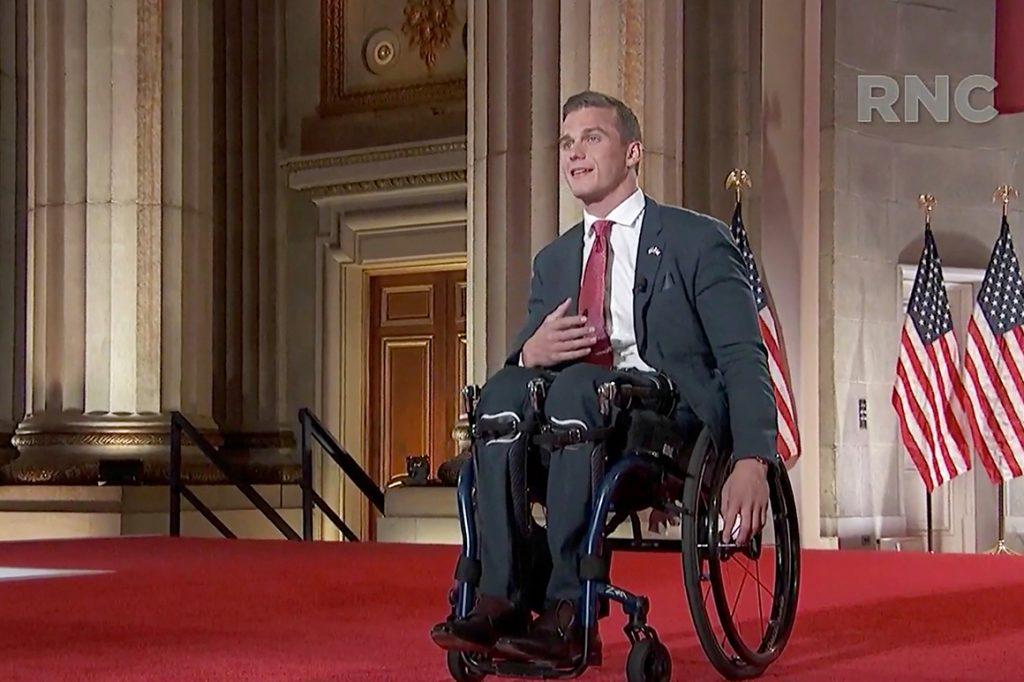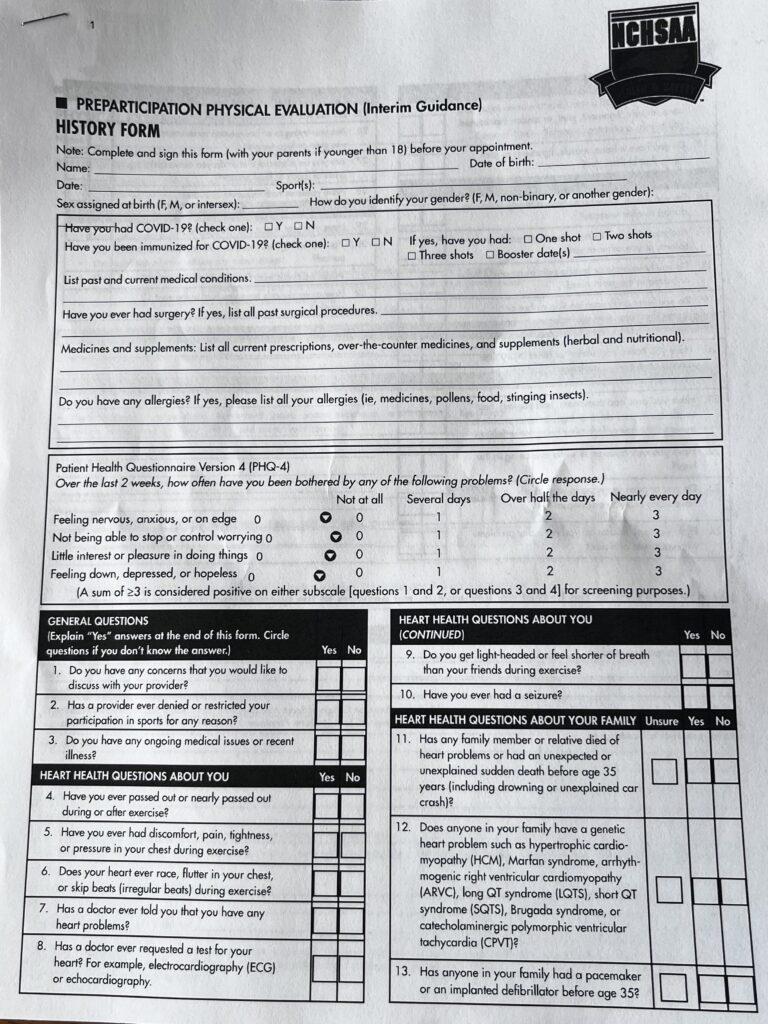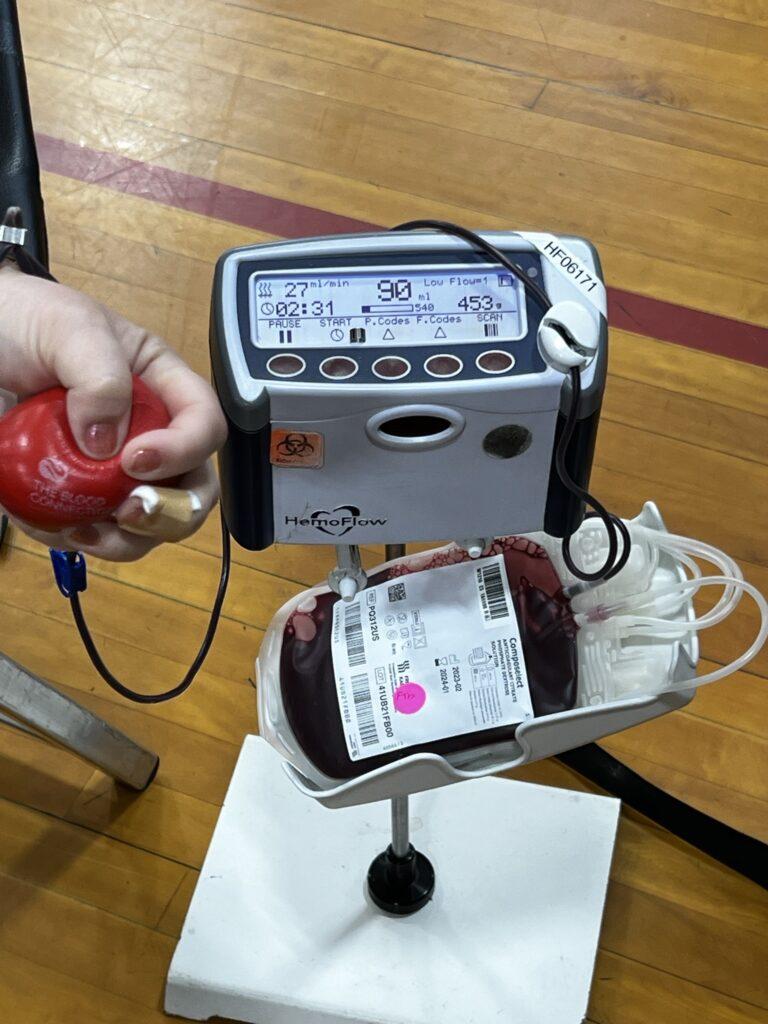Every parent-teacher conference my mother attended for my brother while he was in elementary school consisted of complaints about forgetting his pencil or drawing pictures in class.
And every parent-teacher conference ended with the question, “Have you thought of putting him on any medication?” My mother would answer no and wonder why it was such a problem for a child to move around in class or forget items in his locker or draw pictures to help him focus.
To her, medication seemed like a Band-Aid for the teacher. The fact of the matter was he was just different. Everyone learns differently. Everyone has his or her quirks. Eventually my mother gave in and he was diagnosed with Attention Deficit Hyperactivity Disorder (ADHD) and put on medication. But something about putting a child on a stimulant and the sudden weight loss rubbed her the wrong way. By high school, my brother grew up, learned how to behave in class and was taken off the medication.
It makes me wonder if he ever really had a disorder or if he was just acting like a normal child.
Diagnosing a mental illness can be a bit tricky because there is no blood test or genetic marker for it. There is no broken bone or cast on the outside of someone’s body showing that he or she has a mental illness. Doctors have to rely on their own assessment of a child’s behavior or a parent’s or teacher’s reporting of it. It makes me wonder if the assessment is always correct when I hear the astounding statistic from the CDC that 19 percent of all pediatric visits among four to 15 year olds involve a psychosocial problem.
Receiving a prescription for a mental illness is almost too easy. Comedian John Mualney even does a stand-up bit about his going to the doctor and telling him, “I get nervous on airplanes” in order to get some “zanies.” On the other hand, many doctors believe young children should stay away from too many prescription drugs because of the unknown long term-side effects, and I agree.
Children as young as three-years-old receiving stimulants when the long-term effects are still unknown seems extremely risky.
The growing number of students in classrooms can come into play for the large number of children being diagnosed with ADHD. More children in a classroom results in a teacher with less tolerance for “troublemakers.” Then there’s television advertising for medication, which helps put the whole idea into parents’ heads.
I think by now we all know the phrase, “Depression hurts, you don’t have to” from the Cymbalta commercial. Now let’s get the business side of it all. Doctors are more likely to prescribe drugs than therapy because a psychiatrist who schedules for medicine checks in an hour earns about twice as much from an insurance company compared to 45 minutes of counseling.
During high school my brother dealt with depression. When we entered the doctor’s office, even I was pretty shocked by the fancy bathroom, paintings on the wall and warm colors in the office picked out by some interior designer to make the clients feel welcome.
In a matter of 30 minutes or less my brother was given a diagnosis and a prescription to treat his depression. How in a matter of 30 minutes does anyone know anything that personal?
To me it seemed that this rich doctor did not actually care about helping, but was thinking about that big check coming his way. Is that sad? Yes. Is it true? In some cases, yes.
That is something that truly hits home for me. To see someone unhappy suffering from depression and a doctor and a doctor would rather write a prescription than help is sad. Or maybe the rise of depression can be attributed to humans’ lack of genuine communication.
How many times have I actually poured my heart out to someone and meant every word I was saying? Probably less than I can count on my fingers. I always think about what the other person will think if I were to tell them everything bothering me or everything that makes me sad. Most do the same because that is what we were are taught. So then what do we do? We pay someone a depressingly large amount of money to listen to our problems.
The problem with the pharmaceutical companies and society is honestly beyond me. I am only 18 after all, I should not be that familiar with the subject, but it is everywhere I look, commercials, my peers, my family. But I do know it takes more than a Band-Aid to fix a wound.
By Polly Philips

